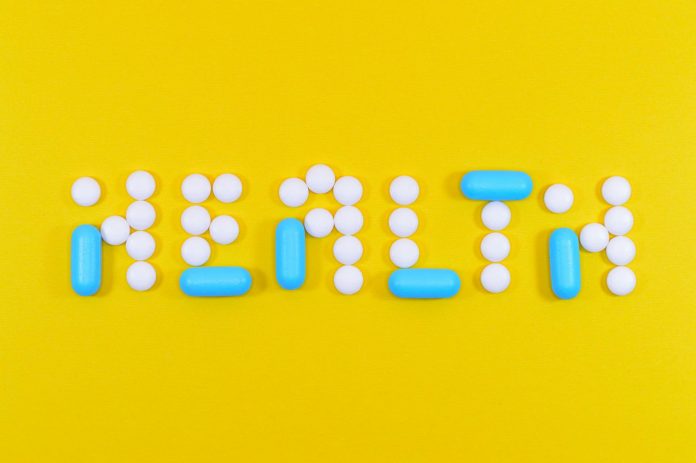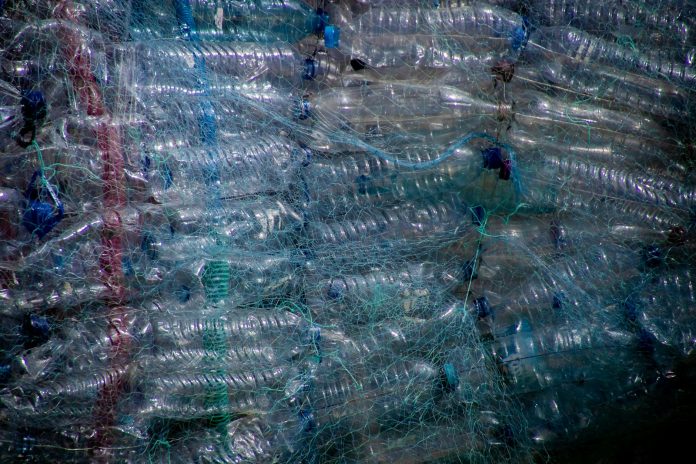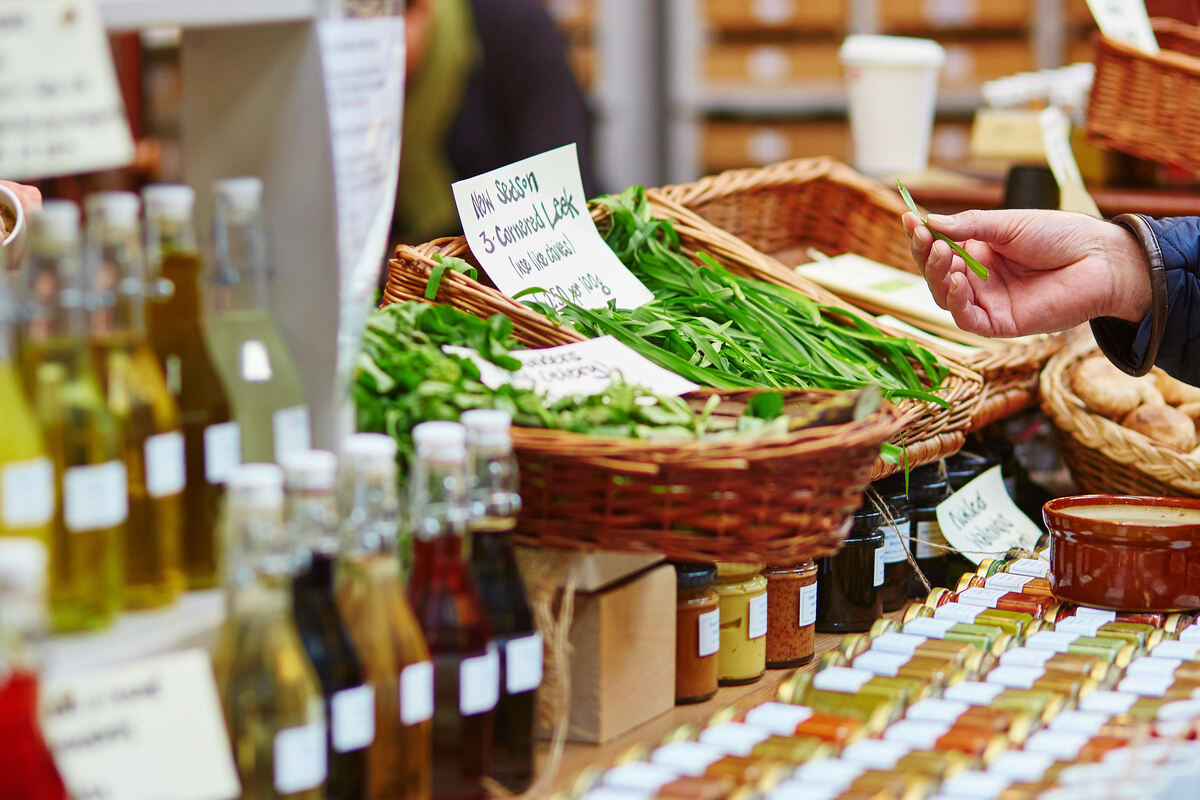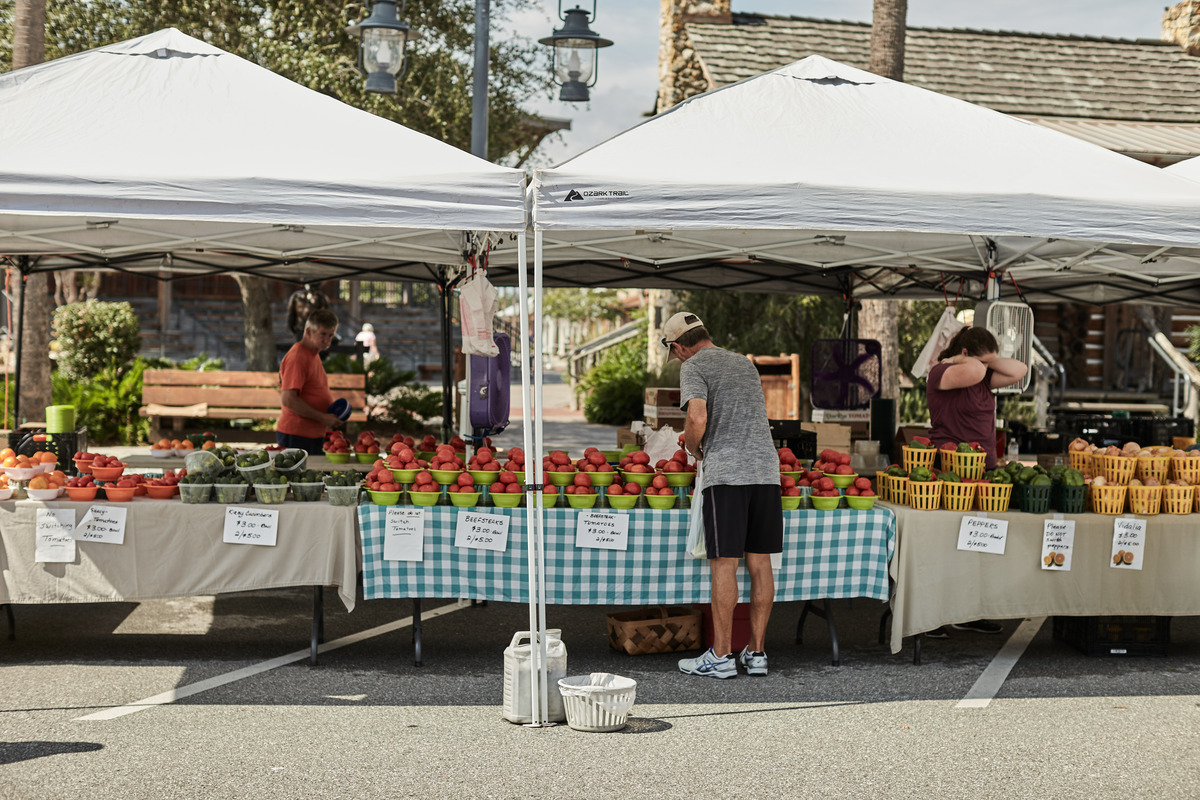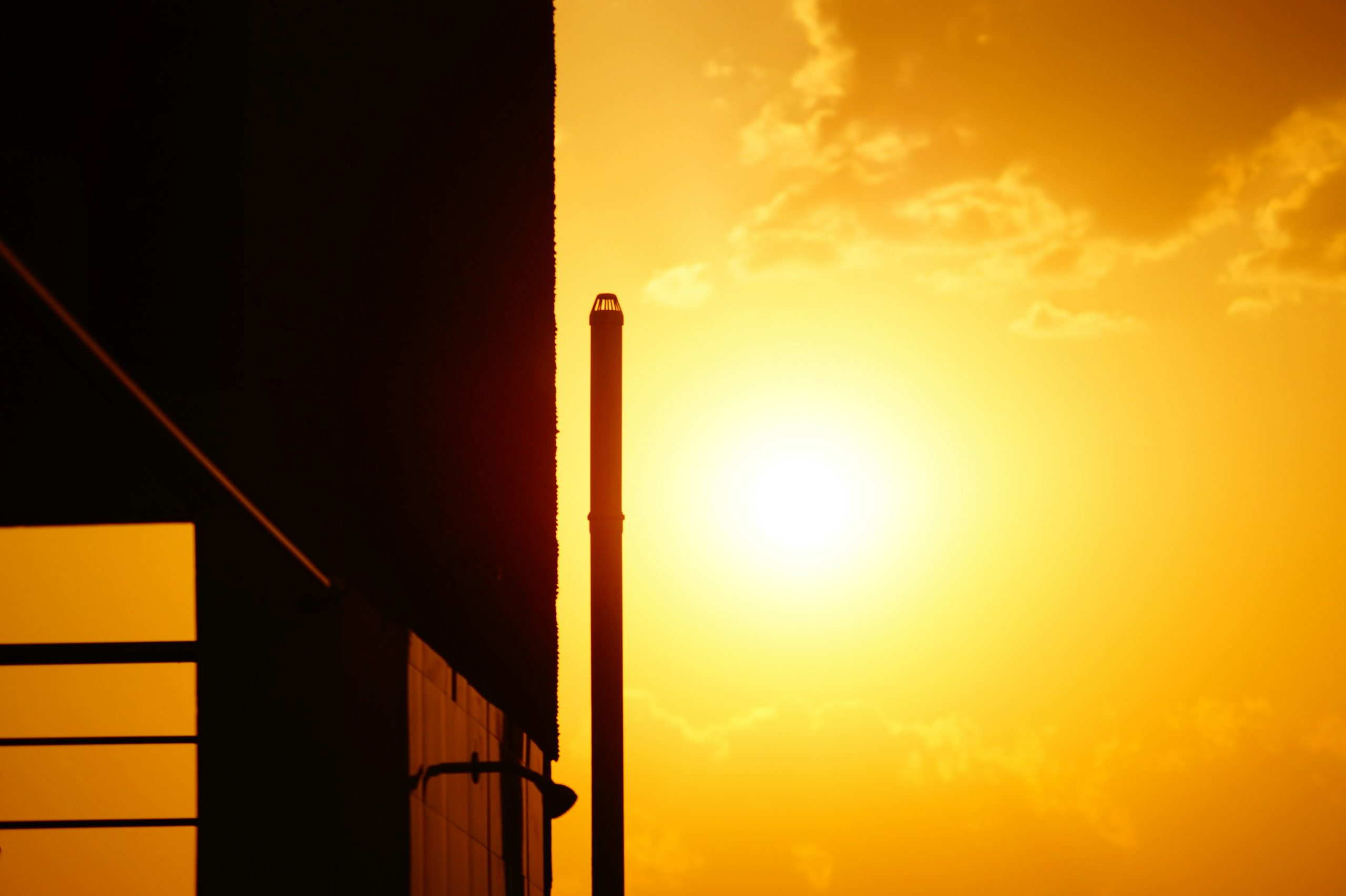Water pollution can have drastic consequences on our health, impacting everything from drinking water to local ecosystems. Pollutants like heavy metals, chemicals, and waste can harm wildlife and pose serious health risks, such as gastrointestinal illnesses, reproductive disorders, and high rates of cancer.
So, combating water pollution is essential for safeguarding our future.
This guide will explore practical steps communities can take to reduce pollution, promote cleaner water, and ensure a healthier environment. By working together, we can create sustainable solutions for a cleaner, safer community – here’s how.
Implement Community-Based Water Monitoring Programs
Over 90 percent of Americans rely on community water systems for their tap water. Given these figures, monitoring local water quality becomes essential for protecting public health.
Community-based programs can involve residents directly, empowering them to keep tabs on their water sources. Simple steps include setting up testing stations to regularly check for contaminants, and organizing volunteer efforts to collect water samples.
Also, schools and local organizations can participate in awareness campaigns, educating people on the importance of clean water. Last but not least, technology, like mobile apps, can make this easier by offering real-time data on water quality.
Educate the Public on Pollution Prevention Tactics
Educating the public on pollution prevention is crucial for maintaining clean water. When everyone knows what actions to take, we can collectively reduce pollutants entering our water systems.
Here are practical actions for prevention:
- Reducing landfill waste by minimizing single-use plastics and opting for reusable items.
- Using eco-friendly products by switching to biodegradable cleaning supplies and personal care items.
- Ensuring the proper disposal of waste and hazardous materials like batteries and chemicals at designated facilities.
- Conserving water by repairing leaks and using water-saving fixtures.
- Participating in clean-ups and joining local environmental protection groups.
These prevention measures are only effective when adopting across the community. Here, hosting community workshops, setting up informational booths at local events, and leveraging social media can help spread awareness and involve as many people as possible.
Support Legal Actions Against Persistent Water Polluters
Sometimes, cleaner water requires more than voluntary efforts: legal action may be necessary. Persistent polluters, especially large corporations, can have a significant negative impact on local water quality, despite the efforts of individual citizens or communities.
That’s where supporting lawsuits and tighter regulations against these offenders is essential. Cases such as the recent water contamination in US bases show the urgent need for accountability and stringent enforcement. Community members can support legal initiatives by staying informed, spreading awareness, and funding environmental groups leading these fights.
Promote the Use of Water-Safe Chemicals in Households

Switching to water-safe chemicals helps reduce the pollution entering our waterways. Everyday tasks like cleaning, gardening, and washing dishes can introduce harmful substances into the water supply.
So, it is important for communities to promote the use of biodegradable cleaning products and phthalate-free personal care items. It is also vital to educate family and friends on how they can make similar choices. Hosting workshops on creating DIY natural cleaning solutions can make adopting these habits easier on a larger scale.
Establish Buffer Zones with Native Plants Near Water Bodies
Buffer zones with native vegetation act as natural filters, capturing runoff before it reaches water bodies. These plant species have deep root systems that efficiently absorb pollutants, reducing soil erosion and improving water quality.
Communities can start by identifying vulnerable water bodies and working with environmental groups to plant vegetation strategically. Similarly, schools and charities can incorporate these projects into their environmental curricula or programs to reach more people and make these tasks a community effort.
Advocate for Stricter Industrial Waste Regulations
To keep our rivers and lakes clean, it’s crucial to push for stricter regulations on industrial waste. Factories and plants often discharge pollutants that degrade water quality and harm aquatic life.
That’s where advocating for tougher laws means attending local government meetings, supporting legislations that limit waste discharge, and promoting sustainable industrial practices. Communities can collaborate with environmental organizations to monitor and report violations.
Organize Local Waterway Clean-Up Events

One effective way to tackle water pollution is by organizing local clean-up events. These activities engage community members, raising awareness while delivering immediate results.
To get started on your project, begin by identifying polluted areas, and set a date that brings the community together for a cause. You can also partner with local schools, businesses, and environmental groups to maximize participation.
Develop Rain Garden Projects for Stormwater Management
Rain gardens serve as effective tools for managing stormwater, reducing runoff, and improving water quality. These gardens use native plants to absorb and filter rainwater, preventing it from carrying pollutants into local water bodies.
Setting up a rain garden can be a community project where residents come together to design and plant. But collaboration here is key! Local schools, organizations, and even city governments can help by providing resources and expertise.
Building Awareness and Local Responsibility Toward Water Resources
Although the efforts of a single individual will never go unnoticed, preserving waterways and combating pollution should be a community-wide effort. Awareness empowers residents to take practical steps, from reducing waste to supporting legal actions against persistent polluters.
Ultimately, collective responsibility ensures cleaner, safer water for everyone. Together, we can safeguard our most vital resource, ensuring it remains viable for future generations.


